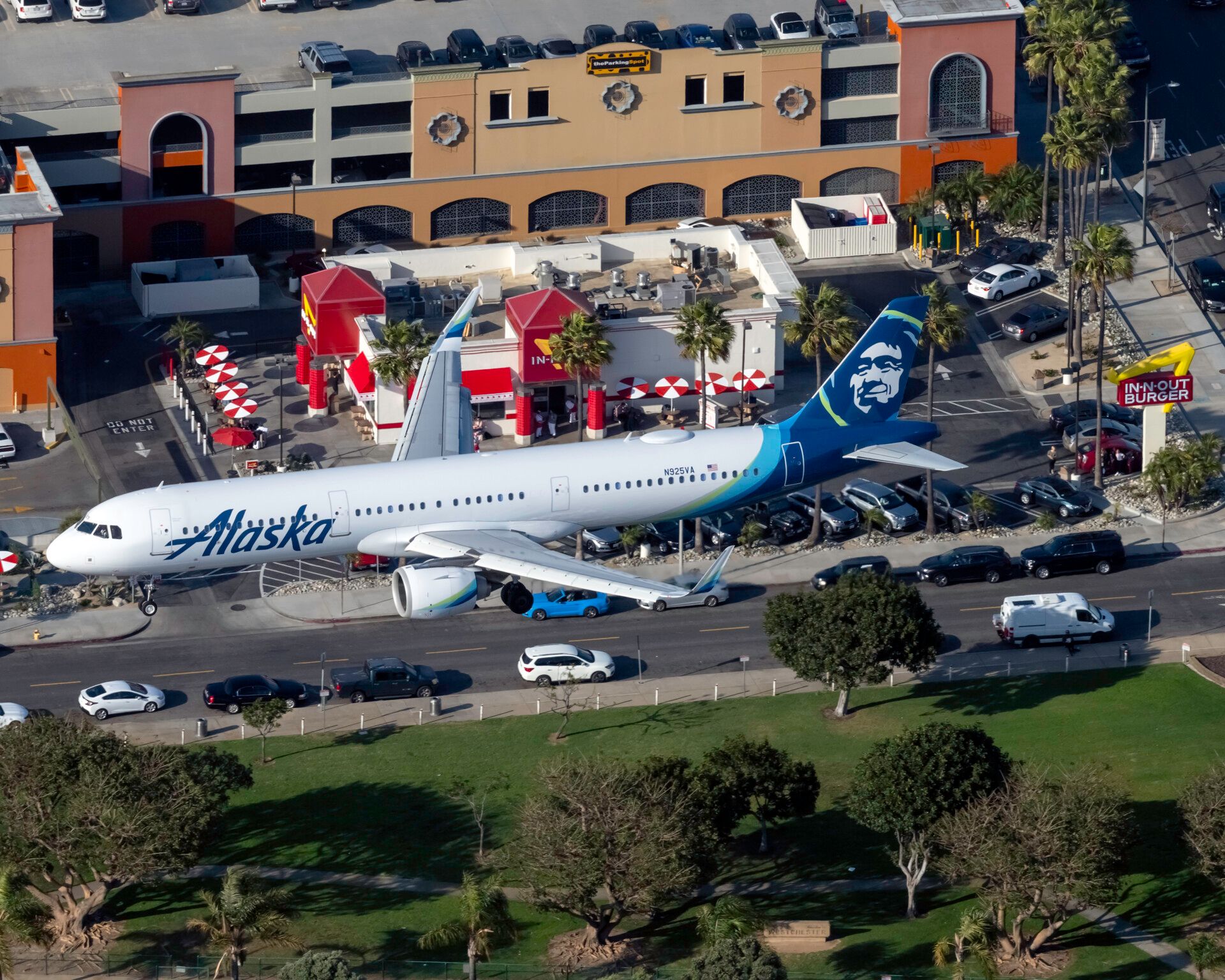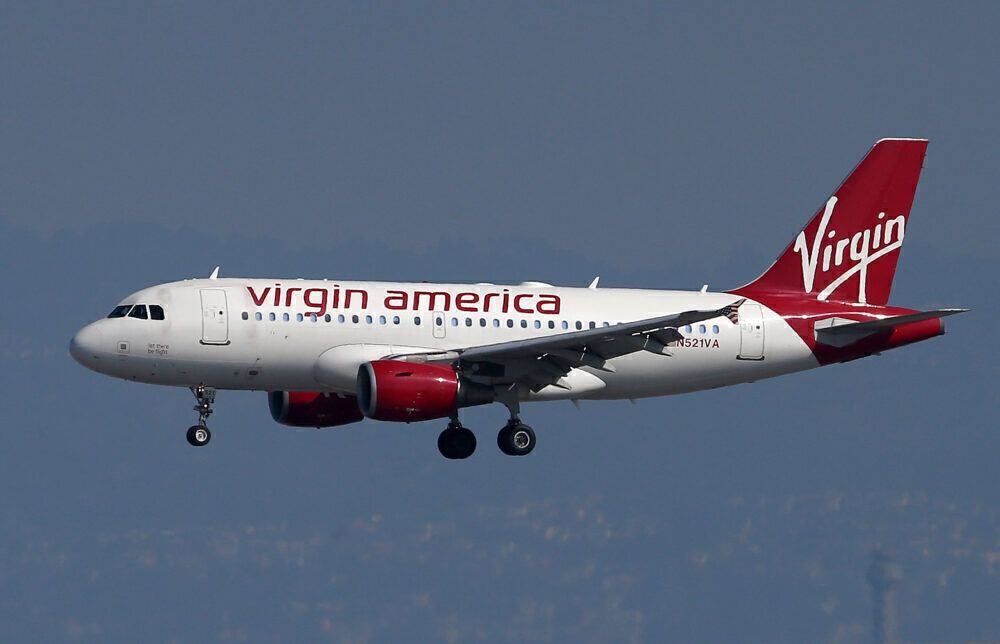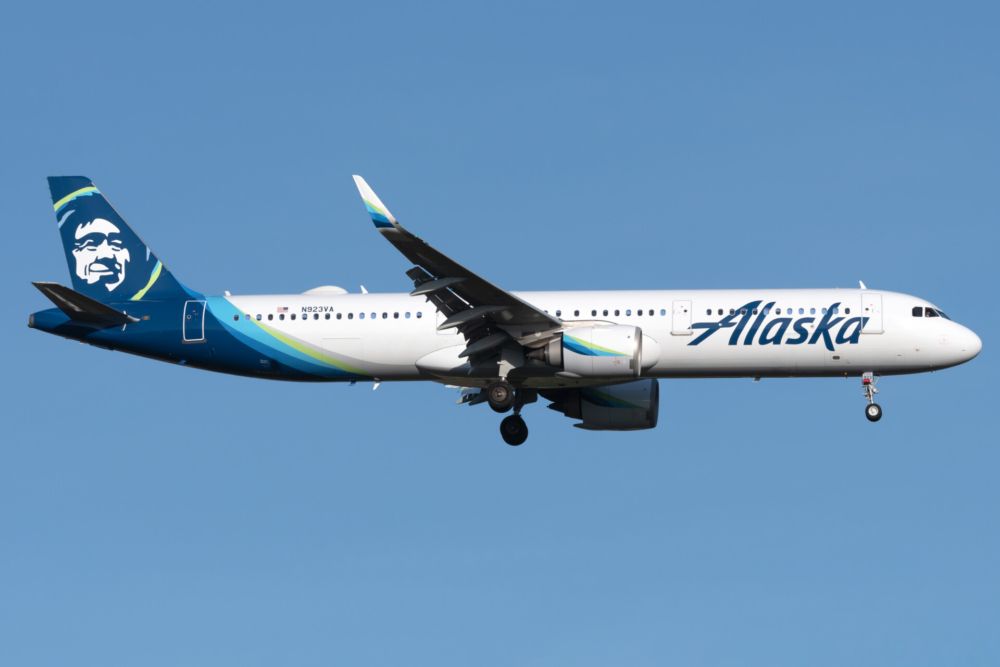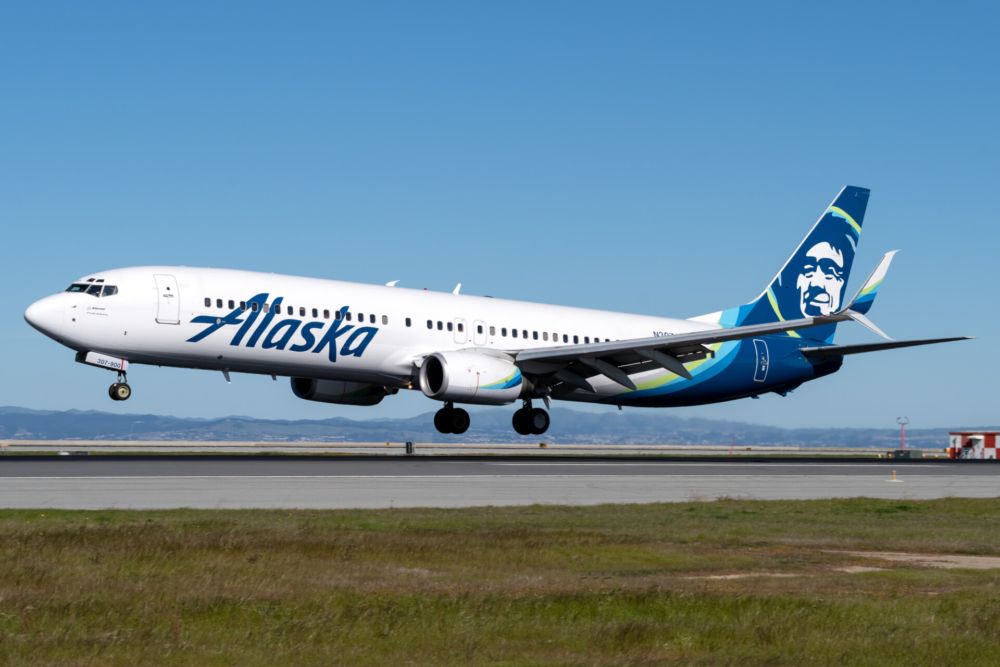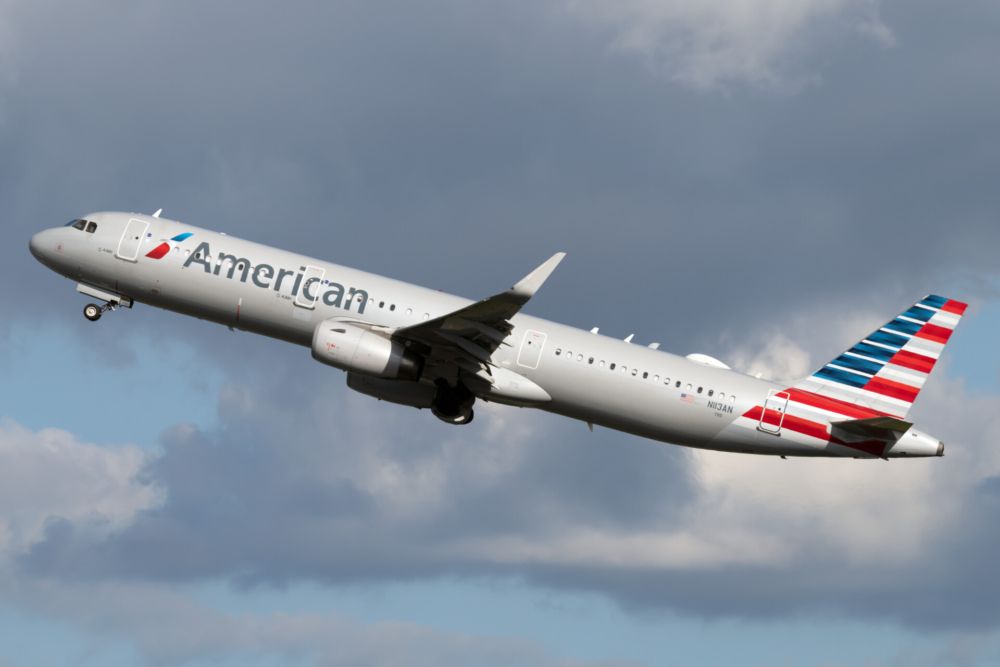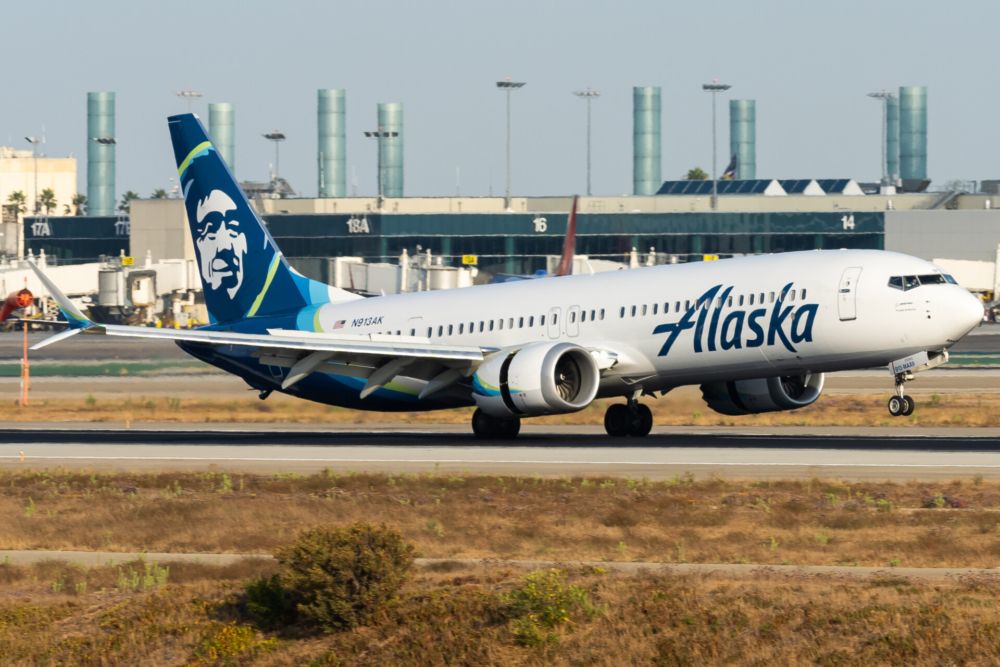In June, Alaska Airlines raised eyebrows when it announced it was pulling out of the competitive and premium route between John F. Kennedy International Airport (JFK) and Los Angeles International Airport (LAX). The airline has continued to serve JFK out of its other West Coast gateways, but it has not indicated any plans to return to JFK from LAX. Simple Flying spoke with Brett Catlin, Vice President of Network and Alliances at Alaska Airlines, to learn more about this move.
Alaska ceases JFK to LAX
Alaska Airlines started serving the JFK to LAX route in 2018, after the merger with Virgin America. The carrier has since run a large schedule – save for 2020 when the crisis brought business travel to a halt and Alaska to alter its route network. However, this summer, the airline made schedule alterations and decided to end service between New York and Los Angeles.
Virgin America flew the route consistently since 2007. It was an important one for the airline. After the merger with Alaska Airlines, the stronger Los Angeles position for Alaska kept this route on the airline's schedules. At its peak, according to schedules from Cirium, the airline flew up to five daily flights between LAX and JFK, mostly using large aircraft like the Airbus A321neo and Boeing 737-900ER. However, many things have changed since 2018 that led Alaska to end service on the route.
Stay informed: Sign up for our daily and weekly aviation news digests.
A perennial JFK problem: slots
A major reason for shakeups in networks at JFK usually comes down to a problem of slots. According to Mr. Catlin, slots were a large part of the calculus around ceasing the route. Speaking at the Future Flying Forum, he stated:
"I think the reality of JFK is Alaska Airlines had 12 slot pairs. Only four of those slot pairs were for evening arrival and departures. And so if you're a West Coast based airline, like Alaska, the flight that people wants leaves at 8am, whether it's Seattle, San Francisco, LA, and then comes back off the East Coast at 5pm. Of our 12 slot pairs, only four of those allowed those West Coast originating day turns."
The desired slot pairs Mr. Catlin is referring to largely matter to the point-to-point traveler. The other slots that Alaska Airlines has and uses are able to be offered around connecting networks and some point-to-point demand.
He further explained how Alaska had oriented its schedule for this market:
"The issue that we had at Alaska Airlines pre-pandemic, is we were stretched really thin into JFK. We were operating Seattle, Portland, San Francisco, San Jose and Los Angeles. So we had five gateways with only 12 slots, four of which were day turns. And what that meant is we had suboptimized the schedule. We didn't have a quality scheduling from any of those gateways, which left us exposed to competitors with much better slot portfolios, better holdings, more flexibility."
The transcontinental market is fiercely competitive out of JFK. Between American Airlines, JetBlue, Delta Air Lines, and recently United Airlines, all fly transcontinental services out to the West Coast with varying frequencies. LAX also serves as a major business center with premium passengers who almost demand more premium offerings, like a lie-flat seat and a better ground experience.
So, Alaska Airlines made a decision:
"The solution was ultimately, if we exit JFK – LA, then we can invest in building a great schedule, JFK – San Francisco, JFK – Seattle, JFK – Portland, JFK – San Diego. And so what you see now in a market like San Francisco is we operate five daily, so more than we did pre-pandemic, this is as of March of next year...and so it's a really high-quality schedule that I would stack up against any of our competitors. And ultimately, when it's a level playing field in terms of schedule quality, we believe our product is competitive, and we're positioned to win."
American Airlines helps keep the route served
While Alaska Airlines is not officially flying from JFK to LAX, it has an excellent partner that does fly the route. Alaska and American Airlines are members of the oneworld alliance and have a West Coast International Alliance that sees an extensive codeshare relationship and close partnership.
American Airlines has filed up to 12 daily departures between JFK and LAX in summer 2022. All of these flights are on special Airbus A321T aircraft. These planes only have 102 seats onboard in a three-class configuration, including 10 lie-flat Flagship First class seats, 20 lie-flat Flagship Business class seats, and 72 economy class seats, of which half are extra-legroom economy seats.
Alaska Airlines does not have any lie-flat seats on its planes, nor is it interested in putting lie-flat seats on any of its planes. It offered a recliner-style premium product that worked better among lower-yield business travelers and was also a less desirable product for high-paying premium customers.
Looking at a market like San Francisco, American only has five flights per day scheduled on the route to JFK. With Alaska's five, the airline can market ten flights per day to its customers on this route, creating a better customer offering.
Newark is a large part of the equation
Alaska Airlines cannot fly to LaGuardia (LGA) with daily services due to the perimeter rule at the airport, so it also has a large schedule to Newark Liberty International Airport (EWR). Alaska Airlines will fly four daily nonstops from Los Angeles to Newark next summer, a route American Airlines does not serve and still offers Alaska's customers an option to fly to New York from Los Angeles.
Alaska Airlines threw its hat in the ring for some peak evening operations at EWR. While it is not slot-controlled like JFK, it is capped in terms of its movements per hour, and the Department of Transportation (DOT) has previously indicated it would bring back slot controls if all parties could not reach an agreed schedule that helps minimize congestion and delays.
Getting more slots at JFK is not an easy task, especially given a long list of airlines that would love to get more operations there. However, Newark is a different kind of opportunity where Alaska could have the opportunity to get some more operations there to expand its schedule depth. With Frontier pulling out of Newark as well, there could be some good news in the future for Alaska Airlines.
While Alaska pulled out of JFK to LAX, it still has a large array of services to the airport. For those customers who are diehard Alaska fans, the airline's connecting options and flights to Newark will leave the airline a key player for traffic on the route.

